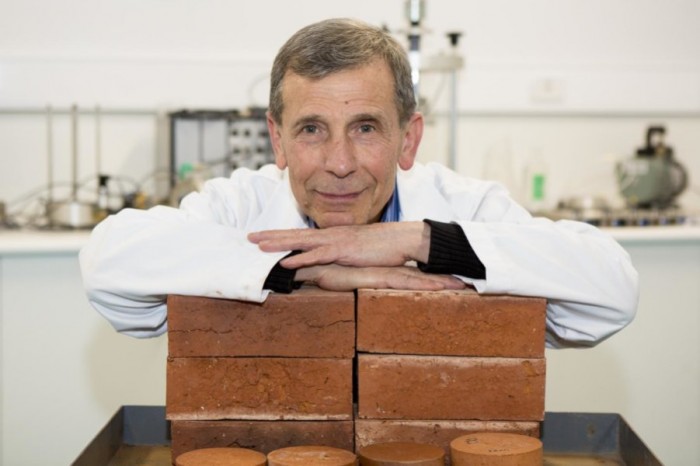
Researchers at Australia’s RMIT University have found that fired-clay bricks made with cigarette butts can save energy and help solve a global littering problem. Millions of cigarette butts are tossed into the environment every year. As butts have poor biodegradability, it can take many years for them to break down, while heavy metals such as arsenic, chromium, nickel and cadmium trapped in the filters leach into soil and waterways. Using these pollutants in a positive way is key to sustainable design.
"About 6 trillion cigarettes are produced every year, leading to 1.2 million tonnes of cigarette butt waste. These figures are expected to increase by more than 50 per cent by 2025, mainly due to an increase in world population,” said Dr Abbas Mohajerani, the leader of the research team at RMIT University.
"In Australia alone, people smoke about 25 to 30 billion filtered cigarettes a year and, of these, about 7 billion are littered. This research shows that if just 2.5 per cent of the world's annual brick production incorporated 1 per cent cigarette butts, we could completely offset annual worldwide cigarette production."
The team found that bricks made with the cigarette butts maintained properties very similar to those of normal bricks. The bricks were also found to be lighter with better insulation properties.
"Incorporating butts into bricks can effectively solve a global litter problem as recycled cigarette butts can be placed in bricks without any fear of leaching or contamination,” explained Mohajerani.
"They are also cheaper to produce in terms of energy requirements, and as more butts are incorporated, the energy cost decreases further."






